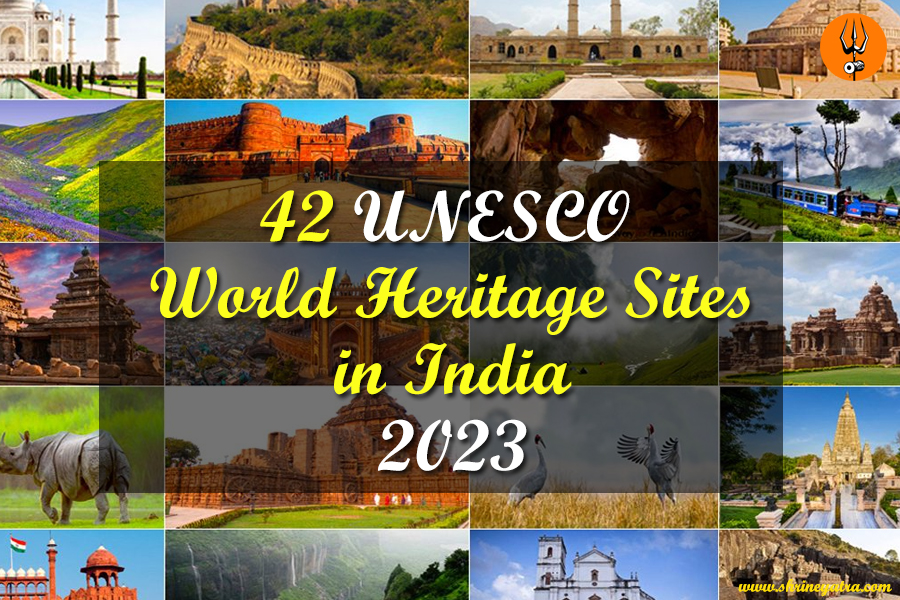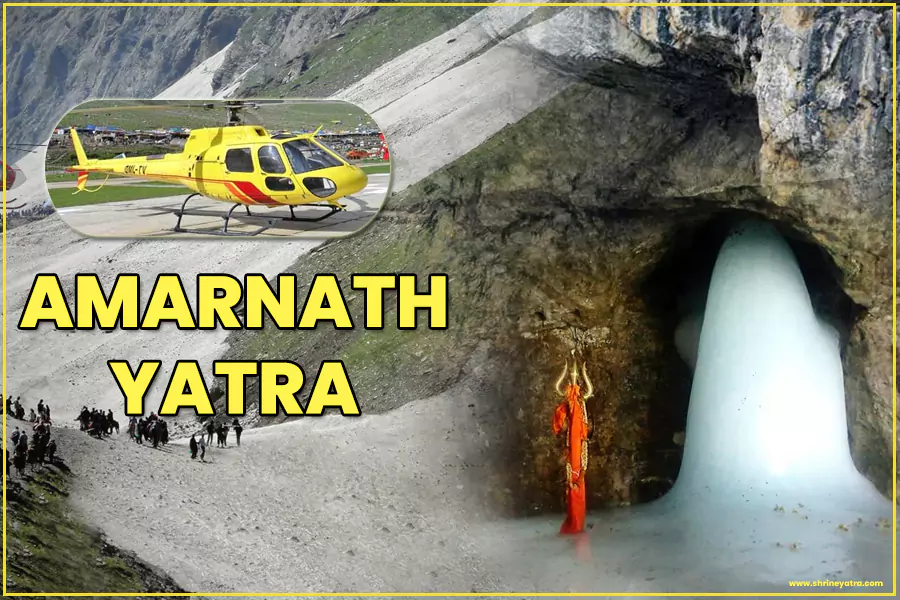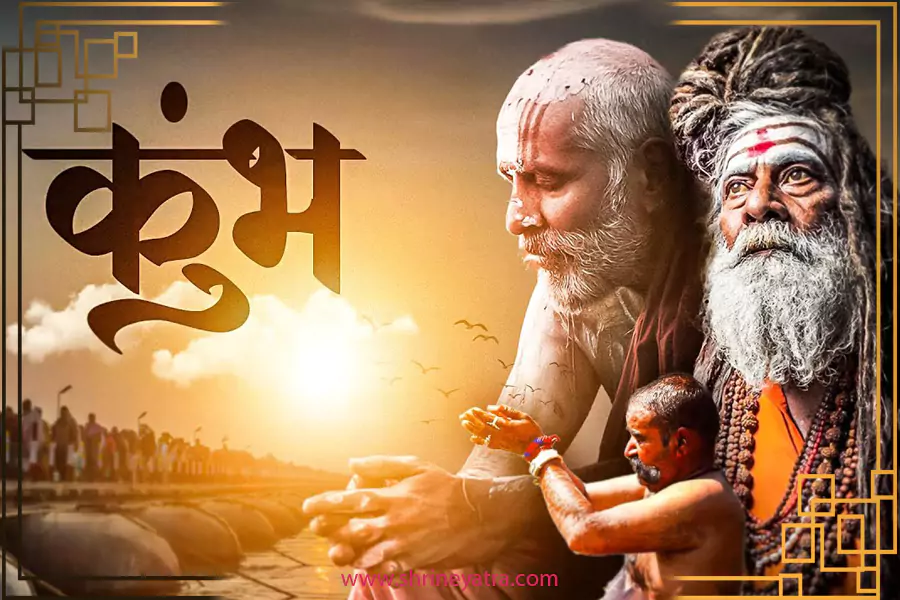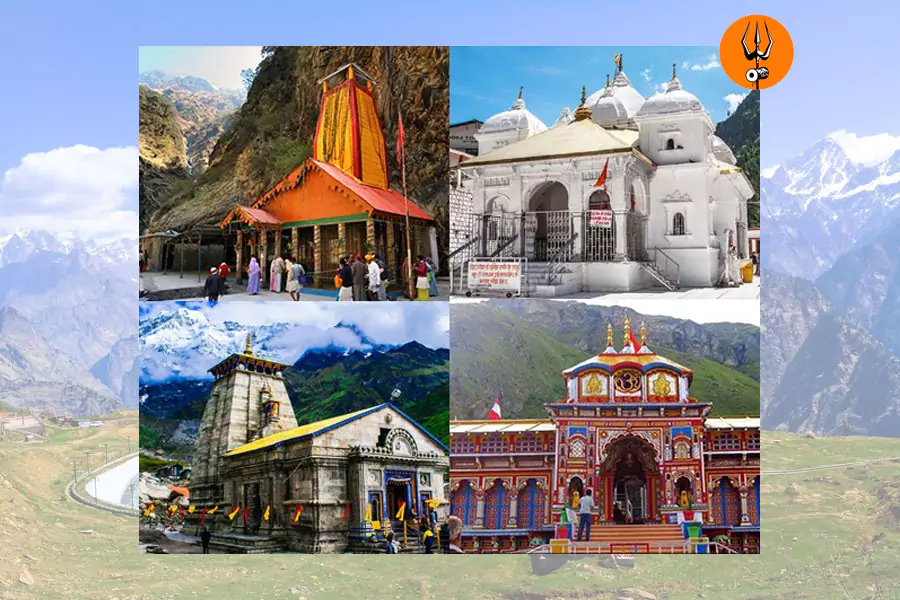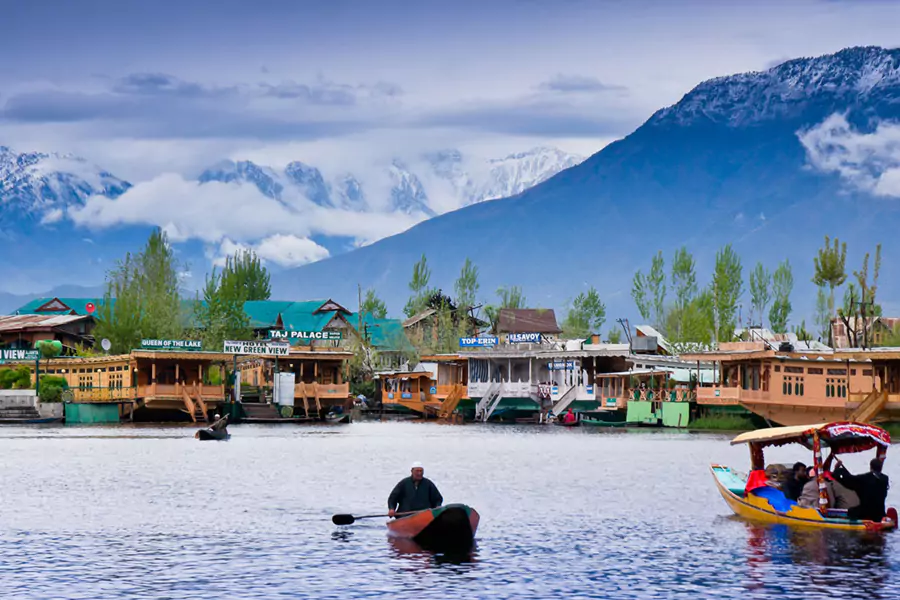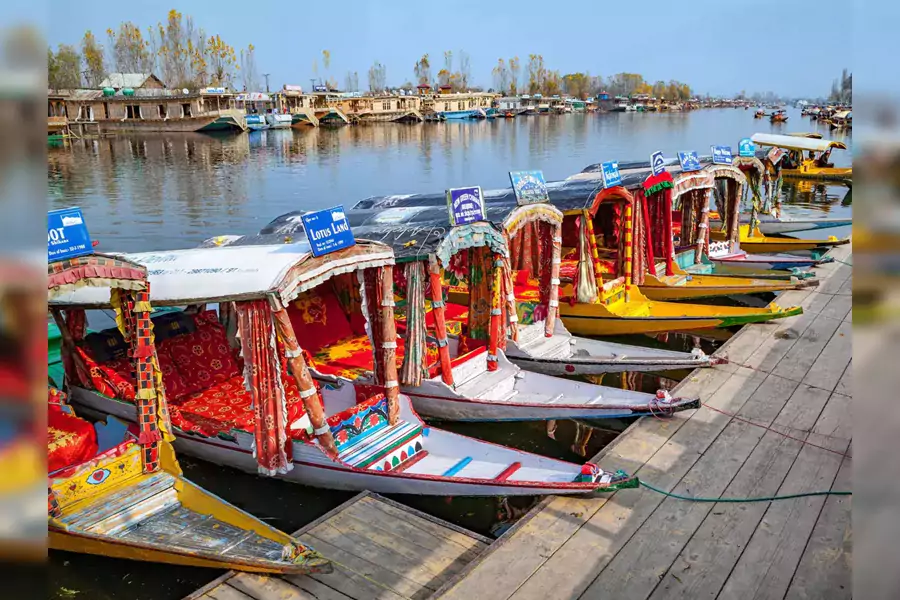The United Nations Educational, Scientific and Cultural Organization (UNESCO) has included the Sacred Ensembles of the Hoysala in its World Heritage list. These magnificent Hoysala temples in Belur, Halebid and Somananthpura of Karnataka have made India’s 42nd entry into the UNESCO World Heritage Site.
This great honour comes hot on the heels of Santiniketan by Rabindranath Tagore being awarded the same. The declaration of Santiniketan to this list was made during the 45th session of the World Heritage Committee (online) held in Saar Arabia, which stressed itself to declare its global significance.
What is a UNESCO World Heritage Site?
A World Heritage site is a place of exceptional cultural, historical, scientific or natural importance to the international community, designated by the United Nations Educational, Scientific and Cultural Organization (UNESCO). These sites have been chosen for their exceptional universal value and are therefore absolutely necessary to the collective heritage of mankind.
World Heritage – built, natural, or of mixed (both man-made and natural) outstanding universal value by UNESCO (United Nations Educational, Scientific and Cultural Organization). These are sites of outstanding universal value to humanity and have been recognized as World Heritage Sites, so that they are preserved for future generations.
To qualify as a World Heritage site, a place has to satisfy the standards set by UNESCO. There are some main criteria:
- Human creative genius.
- Interchange of values.
- Testimony to cultural tradition.
- Significance in human history.
- Traditional human settlement.
- Heritage connected with events of global importance.
- Natural phenomena or beauty.
- Major stages of Earth’s history.
- Significant ecological and biological processes.
- The vital habitat area.
List of UNESCO World Heritage Sites in India:
| S.No | Name of Sites | Year | Location |
| 1 | Ajanta Caves | 1983 | Maharashtra |
| 2 | Ellora Caves | 1983 | Maharashtra |
| 3 | Agra Fort | 1983 | Agra |
| 4 | Taj Mahal | 1983 | Agra |
| 5 | Sun Temple | 1984 | Orissa |
| 6 | Mahabalipuram Monuments | 1984 | Tamil Nadu |
| 7 | Kaziranga National Park | 1985 | Assam |
| 8 | Keoladeo National Park | 1985 | Rajasthan |
| 9 | Manas Wildlife Sanctuary | 1985 | Assam |
| 10 | Churches and Convents of Goa | 1986 | Goa |
| 11 | Monuments of Khajuraho | 1986 | Madhya Pradesh |
| 12 | Monuments of Hampi | 1986 | Karnataka |
| 13 | Fatehpur Sikri | 1986 | Agra |
| 14 | Elephanta Caves | 1987 | Maharashtra |
| 15 | Great Living Chola Temples | 1987 | Tamil Nadu |
| 16 | Pattadakal Monuments | 1987 | Karnataka |
| 17 | Sundarbans National Park | 1987 | West Bengal |
| 18 | Nanda Devi & Valley of Flowers National Park | 1988 | Uttarakhand |
| 19 | Monuments of Buddha | 1989 | Sanchi, Madhya Pradesh |
| 20 | Humayun’s Tomb | 1993 | Delhi |
| 21 | Qutub Minar and its Monuments | 1993 | Delhi |
| 22 | Mountain Railways of Darjeeling, Kalka Shimla & Nilgiri | 1999 | Darjeeling |
| 23 | Mahabodhi Temple | 2002 | Bihar |
| 24 | Bhimbetka Rock Shelters | 2003 | Madhya Pradesh |
| 25 | Chhatrapati Shivaji Terminus | 2004 | Maharashtra |
| 26 | ChampanerPavagadh Archaeological Park | 2004 | Gujarat |
| 27 | Red Fort | 2007 | Delhi |
| 28 | Jantar Mantar | 2010 | Delhi |
| 29 | Western Ghats | 2012 | Karnataka, Kerala, Tamil Nadu, Maharashtra |
| 30 | Hill Forts | 2013 | Rajasthan |
| 31 | Rani Ki Vav (The Queen’s Stepwell) | 2014 | Gujarat |
| 32 | Great Himalayan National Park | 2014 | Himachal Pradesh |
| 33 | Nalanda | 2016 | Bihar |
| 34 | Khangchendzonga National Park | 2016 | Sikkim |
| 35 | Architectural Work of Le Corbusier (Capitol Complex) | 2016 | Chandigarh |
| 36 | The Historic City | 2017 | Ahmedabad |
| 37 | Victorian Gothic and Art Deco Ensembles | 2018 | Mumbai |
| 38 | The Pink City | 2019 | Jaipur |
| 39 | Kakatiya Rudreshwara (Ramappa) Temple | 2021 | Telangana |
| 40 | Dholavira | 2021 | Gujarat |
| 41 | Santiniketan | 2023 | West Bengal |
| 42 | Hoysala temples of Belur, Halebid and Somananthpura | 2023 | Karnataka |
Key highlights regarding UNESCO World Heritage Sites in India:
1.) Ajanta Caves
Ajanta Caves are famous for its ancient Buddhist cave temples and remarkable craftsmanship with detailed painting and sculpture dating back to 2nd Century BC.
2.) Ellora Caves
Ellora Caves, an Indian UNESCO World Heritage Site, are a fantastic complex of rock-cut caves amazing for their extraordinary combination of Hindu, Buddhist and Jain architecture and art.
3.) Agra Fort
Agra Fort, also a UNESCO World Heritage site, is an ancient Mughal citadel famous for its magnificent structure and cultural significance in India.
4.) Taj Mahal
The Taj Mahal, an ivory-white marble mausoleum in Agra, India, is celebrated for its magnificent Mughal architecture and as a testament to undying affection.
5.) Mahabalipuram Monuments
The scenic Mahabalipuram Monuments of Tamil Nadu are famous for their spectacular rock-cut architecture and historicity.
6.) Sun Temple
The 13th-century Hindu temple in Konark, Odisha dedicated to the Sun god Surya is notable for its extravagant architecture. It gained fame due to the faithfulness in architecture to the Kalinga style. Read more here..
7.) Manas WildLife Sanctuary
Celebrated for its stellar biodiversity and as a crucial tiger and elephant habitat, Manas has become famous for conserving tigers. Also, it is famous for its healthy population of freely roaming water bison.
8.) Kaziranga National Park
Well-known for its amazing one-horned rhinoceroses and abundant wildlife, Assam’s Kaziranga National Park is situated in India. A crucial conservation area, the UNESCO World Heritage Site aims to protect endangered species and their habitat.
9.) Keoladeo National Park
Keoladeo National Park in Rajasthan, India is famous for its amazing avifauna and wetland habitat. It is a UNESCO World Heritage Site for its critical contribution to the conservation of birds.
10.) Fathepur Sikri
Fatehpur Sikri, an Indian city famous for its Mughal architecture, specifically the Jama Masjid and Buland Darwaza.
11.) Monuments of Hampi
Hampi’s monuments, a UNESCO World Heritage Site, are an enchanting collection of ancient ruins and temples in Karnataka, India – showcasing the magnificence of the Vijayanagara Empire.
12.) Monuments of Khajuraho
Khajuraho temples are famous for their immensely intricate and erotic carvings that reflected the architectural and artistic excellence of Chandela dynasty.
13.) Churches and Convents of Goa
Also known as the “Rome of the Orient,” it’s famous for being where Asia’s first Manueline, Mannerist and Baroque forms of art were born and also for hosting the first Latin Rite Mass in Asia.
14.) Sundarbans National Park
The Sundarbans National Park, a large mangrove forest both in India and Bangladesh, is a UNESCO World Heritage Site; it has the Bengal tiger among other wildlife.
15.) Pattadakal Monuments
Pattadakal, an UNESCO World Heritage site located in India, is famous for its cluster of exquisitely carved monuments reflecting a beautiful mixture of South and North Indian architectural styles.
16.) Elephanta Caves
This is a very famous site, known for its Basalt Rock Caves and revered Shiva Temples on the island in the Arabian Sea.
17.) Nanda Devi & Valley of Flowers National Park
The Indian Himalayas is a UNESCO World Heritage site celebrated for its incredible alpine meadows, wide array of flora and Nanda Devi peak. Valley of Flowers is very famous site in Uttarakhand. It is renowned Home place of Snow Leopard, Asiatic Black Bear, Brown Bear, Blue Sheep and Himalayan Monal but also the World Network of Biosphere.
18.) Buddha Monuments
Buddha monuments, found all over Asia that memorialise Siddhartha Gautama’s life and teachings, range from famous statues to stupas to temples.It is famous for Monolithic Pillars, Palaces, Monasteries, Temples Mauryan Architecture, Ye Dharma Hetu Inscriptions.
19.) Great Living Cholas Temples
The Great Living Chola Temples, a group of 3 ancient Hindu temples in South India, are famous for their stunning Chola dynasty architecture and UNESCO World Heritage designation. The temples are Brihadeeswarar, Airavatesvara and Gangaikonda Cholapuram.
20.) Humayun Tomb
It is known as the antecedent of the Taj Mahal and an embodiment of Mughal architecture. It consists of a tomb, pavilion, complex waterways and bath.
21.) Qutub Minar and its Monuments
The Qutb Minar complex at Delhi showcases an age-old tower and the ensemble of historic monuments. Main elements include Qutub Minar, along with Alai Darwaza, Alai Minar, Qubbat-ul-Islam Mosque, Iltutmish Tomb and the famous Iron Pillar.
22.) Mountain Railways of Darjeeling, Kalka Shimla & Nilgiri
India has three UNESCO World Heritage Sites—the Darjeeling, Kalka Shimla, and Nilgiri Mountain Railways—that each offer an amazing journey through picturesque mountains on narrow-gauge rail lines. They are celebrated for their antique appeal and mechanical wonders.
23.) Mahabodhi Temple
The place where Prince Siddhartha attained enlightenment as Gautam Buddha. It serves as a representation of the spiritual importance of Buddhism and contains detailed architectural features.
24.) Bhimbetka Rock Shelter
Known for the natural rock shelters, Mesolithic and Chalcolithic rock paintings, Stone Age inscriptions and as the sitting place of legendary Bhima from the Mahabharata, Bhimbetka is famous for its thousands-years-old human history revealed through millennium years old rock paintings.
25.) Champaner Pavagadh Archaeological Park
This park boasts of an ancient city and the sacred Pavagadh Hill that provide an ensemble of achievements from different epochs of monarchical architecture to worship-spots of prehistoric chalcolithic Indian stone-age.
26.) Chhatrapati Shivaji Terminus
Earlier known as Victoria Terminus, in Mumbai, India is a UNESCO World Heritage Site famous for its breathtaking Gothic Revival architecture and historical value as a major railway station.
27.) Red Fort
With its magnificent red sandstone architecture, the Red Fort in Delhi, a UNESCO World Heritage site, blends Shahjahanabad, Persian, Timuri and Indian architectural styles around Moti Masjid.
28.) Jantar Mantar
This Astronomical Instrument Observatory, Maharaja Jai Singh II built the monument. It is the largest Observatory.
29.) Western Ghats
Listed one among the “Top Ten Hottest Biodiversity Hotspots’ ‘ in the world, Western Ghats houses numerous national parks, wildlife sanctuaries and reserve forests, showing its extraordinary ecological diversity.
30.) Hill Forts
This site is renowned for its distinctive Rajput military defence architecture, comprising six grand forts: Chittorgarh, Kumbhalgarh, Ranthambore, Gagron, Ambar and Jaisalmer. Every fort has a history and tells the vibrant story of Rajasthan.
31.) Great Himalayan National Park
The area is home to approximately 375 wildlife species and rare flora including the blue sheep, snow leopard, Himalayan bear, Himalayan Tahr, musk deer , spruces. The horses chestnuts and vast alpine meadows. It is a part and parcel of the Himalayan Biodiversity Hotspots.
32.) Rani Ki Vav
Rani Ki Vav is a stunning example of Solanki dynasty’s architecture, and its intricate workmanship and design make it stand apart.
33.) Nalanda
Nalanda is well-known for its ancient importance as a seat of learning and Buddhism, being one of the world’s first residential universities. An ancient university and a Buddhist temple for almost 1000 years from the third century BC to the 13th century AD.
34.) Khangchendzonga National Park
Himalayan landscapes, the diverse ecosystems and third-highest peak in the world Mount Khangchendzonga. It acts as a refuge for a number of rare and endangered species.
35.) Architectural Le Corbusier
with 17 buildings by legendary modernist architect Le Corbusier. Designated as a World Heritage Site, for its masterful contribution to the Modern Movement.
36.) The Historic City
A walled city on the Sabarmati River, home to Hindu, Islamic, and Jain communities that have lived together for centuries.
37.) Victorian Gothic and Art Deco Ensembles
Consisting of 94 culturally significant buildings in Mumbai’s Fort Area, these complexes tell the story of the city’s cultural and architectural evolution from the late 1800s to early 1900s.
38.) The Pink City
India, which is famous for its pink hues and historical significance as an 18th-century city plan. It exhibits a perfect marriage of heritage and city planning.
39.) Kakatiya Rudreshwara (Ramappa) Temple
Ramappa Temple is in Palampet Village, Telangana and has an incredible age of 800 – 900 years. What sets it apart is its use of distinctive lightweight porous bricks called “floating bricks”.
40.) Dholavira
Dholavira, located in Gujarat, India and recognised by UNESCO as a World Heritage Site, is an ancient Harappan city boasting well-preserved archaeological remains such as an advanced water management system and the world’s oldest signboard. It provides important inputs about the Harappan Civilization.
41.) Santiniketan
Santiniketan, the establishment started by Nobel laureate Rabindranath Tagore, has been recognized as a UNESCO World Heritage site. It’s a significant moment for India and a tribute to this unique institution located in Bengal’s Birbhum district.
42.) Hoysala Temples
The Sacred Ensembles of the Hoysala have been inscribed by UNESCO, they include Belur, Halebid and Somnathpur temples in Karnataka. This prestigious addition is India’s 42nd World Heritage Site and it comes closely after Santiniketan was inscribed as a heritage site associated with Rabindranath Tagore, re-emphasising India’s cultural and historical significance.

